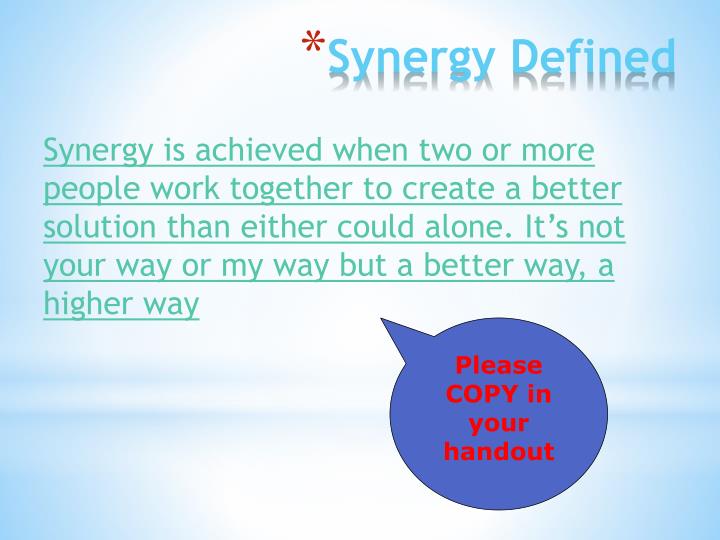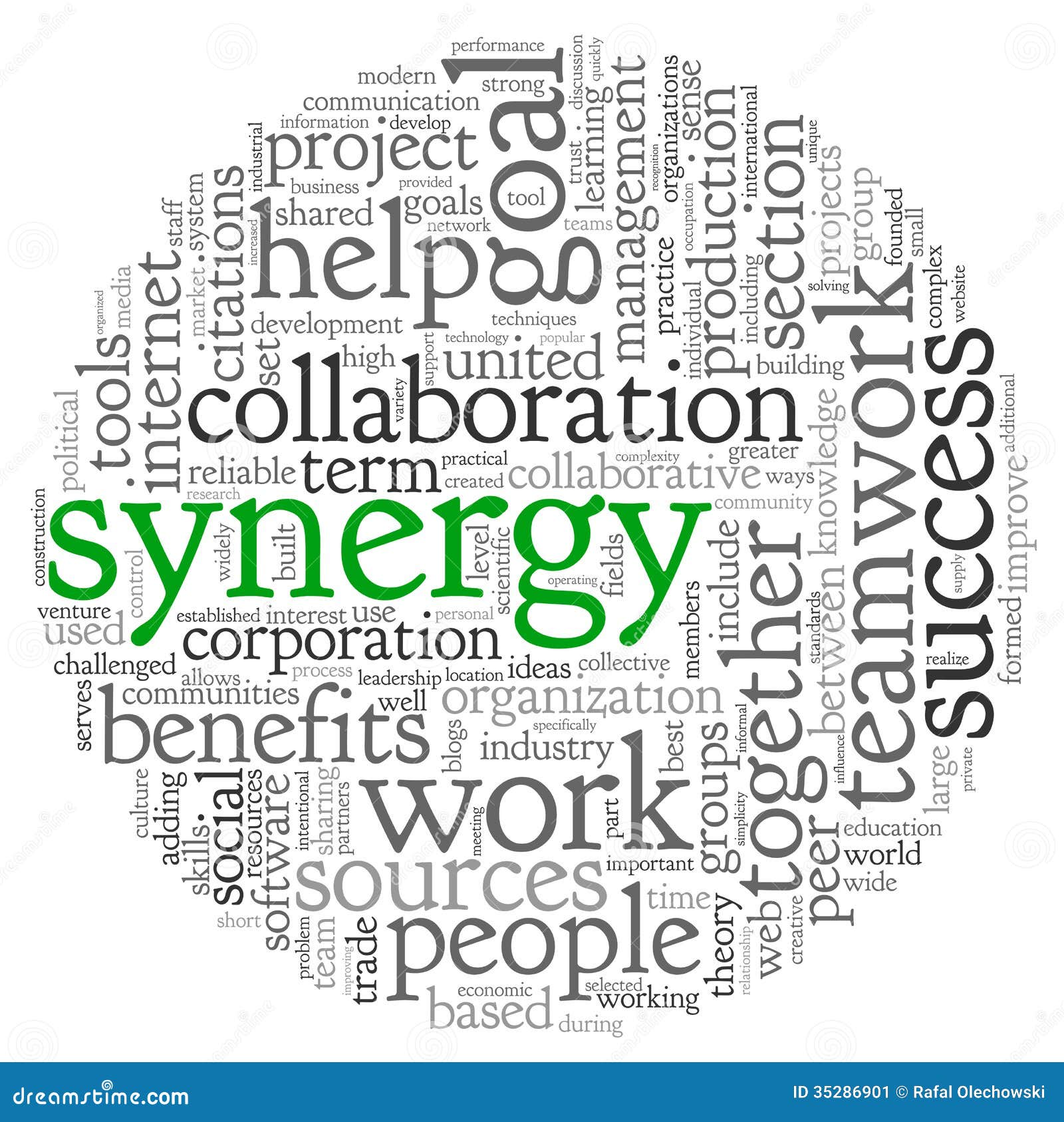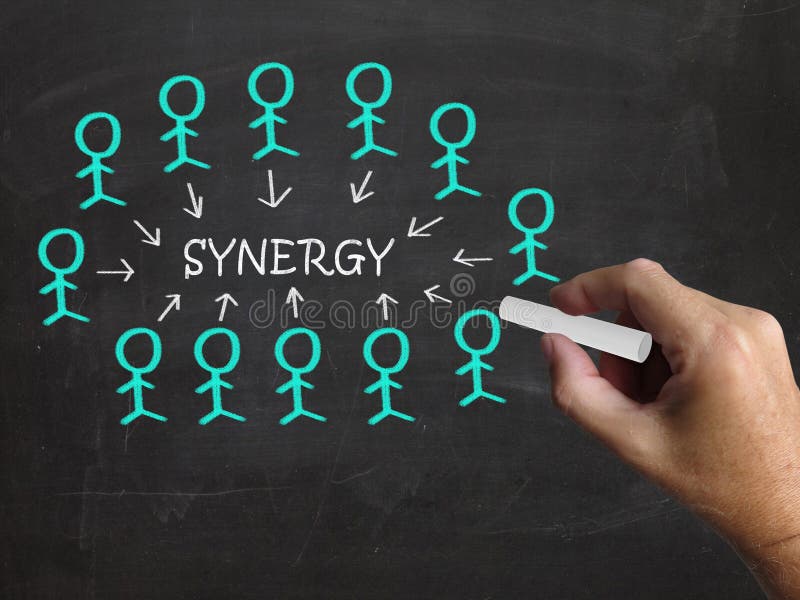

Transitioning from a state of minimal muscle tone to the presence of synergy patterns after stroke indicates an increase in neural firing and recovery. Following a stroke, many individuals experience hemiparesis or hemiplegia, which refers to weakness or paralysis of one side of the body. While flexor synergy movements can be irritating, they may represent a sign that you are making progress in your stroke recovery. This can negatively affect activities like walking, dressing, and getting in and out of bed. For example, the flexor synergy pattern for the lower extremity generally involves hip flexion and external rotation, knee flexion, and ankle dorsiflexion. In addition to the upper extremity, the legs can also be affected by synergistic movement after stroke. This can also occur as a reaction to sudden, unplanned movements like when you cough or sneeze. In other words, whenever you try to move your affected arm, your shoulder will raise, your elbow will bend, and your wrist may turn until your palm faces up while your fingers curl into a fist. External rotation and abduction of the shoulder.As spasticity increases, so may the presence of flexor synergy patterns.įlexor synergy patterns of the upper extremity after stroke commonly involve these main movements: Spasticity occurs when there is a misfiring of signals between the brain and muscles, causing muscles to contract involuntarily, or spasm. What Flexor Synergy Patterns After Stroke Mean for Recoveryįlexor synergy patterns after stroke are closely related to spasticity, or involuntary muscle firing. As a result, these synergies become mixed up and strange or frustrating patterns can occur.

This creates difficulty activating single muscle groups, meaning multiple muscle groups may fire at once instead of individually. The brain, therefore, will send signals to your bicep, telling it to relax so you can extend your arm with ease and complete the desired motion.Īfter a stroke, however, your brain’s ability to send the correct signals to the muscle groups may be inhibited. Otherwise, your elbow would bend at the wrong time and potentially drop the fork. The brain is in charge of coordinating these movements, making sure the muscle groups do not accidentally conflict with each other. It does this by sending inhibitory or excitatory signals to the right muscle groups so they contract in a way that is synchronized and efficient.įor example, to pick up a fork, the triceps must activate to extend your arm, which means your bicep muscle must relax while this is happening. The antagonist muscles (the muscles that inhibit the movement) must relax.

The agonist muscles (the muscles that initiate the movement) must contract.To complete a successful movement, two things must happen at once: These movement patterns are called synergies, and are responsible for muscle contraction and motions that appear smooth and controlled. What Are Synergy Patterns?Ĭoordinated muscle movements are a result of different muscle groups working together.
SYNERGY DEFINITION HOW TO
To help you better understand flexor synergy patterns, this article will explain the cause of synergistic movements and how to work through them.

However, there is hope to improve overall function through consistent rehabilitation. While flexor synergy can be a sign of recovery, this can also inhibit movements and daily activities such as reaching and self-care. For example, if you try to move your shoulder, your elbow and wrist might contract as well. Also called flexion synergy patterns, these synergistic movements result from multiple muscle contractions that are triggered at once. Although flexor synergy patterns after stroke can be frustrating to deal with, they may be a sign of improvement.


 0 kommentar(er)
0 kommentar(er)
